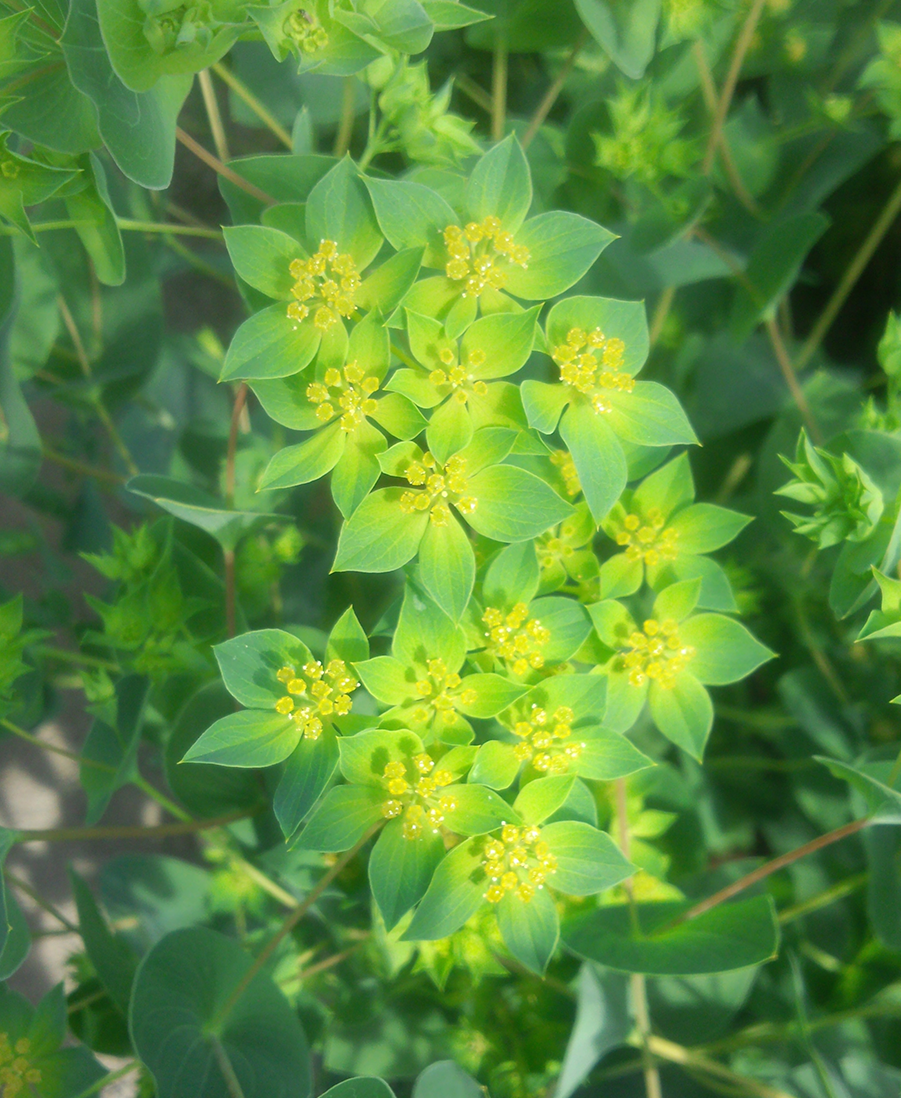Item introduction
Eustoma

Place of origin: the southern United States, Mexico, Caribbean and northern South America.
In the Japanese name, Eustoma is called “Turkey Kikyo (Platycodon)”, so it is thought to be native to Turkey and belong to party of Platycodon grandiflorus, but actually it is a plant of the Gentianaceae family. The Japanese name, “Turkey” comes from the shape of its buds resemble the turban worn by the Turks.
Eustoma entered into Japan in the early Showa period (about 1930s), and since the flower was originally a single bloom and the color was only purple, its appearance was similar to a bellflower, so it was named "Kikyo(bellflower)". Breeding has begun to be actively started since 1960s. Recently there are a wide variety of colors and shapes, and most of the varieties in circulation are native to Japan.
Language of Flowers: Hope, Compassion, Grace
Helianthus annuus

Place of origin: The United States
Helianthus annuus is an annual plant of the Asteraceae family, and its English name is Sunflower. In its origin, the western part of the North American, Sunflower had been useful for Indians as food crop since ancient times. After Spain brought back seeds to its home country during the Age of Discovery, it started to spread all over the world around the 17th century, and at that time Sunflower was introduced to Japan.
The Japanese name is “Himawari”. “Hi” means The Sun, “Mawari” means Turing Around. During the growing season, the flower makes the movement that follows the direction of the Sun; therefore, Sunflowers were named as “Himawari (making movement toward the Sun) in Japan. Nowadays, it is not only for ornamental use, but it is also widely used as a snack for seeds, oil, crude drugs, etc.
Language of Flowers: Honor, Proud, Respect

Bupleurum rotundifolium

Bupleurum is an annual plant of the Apiaceae family and native to Europe.
This plant is also known as “Tsukinuki Psycho” in Japanese.
“Tsukinuki”means the stem seems to penetrate the center of the leaf and its dried root is called “Saiko” for medicinal purposes.
Multiple tiny yellow flowers gather to make form a single flower, but the most popular point for this flowers is the unique shape of the leaves form.
Bupleurum has been popular flowers as a material for bouquets and flower arrangements. Also, useful as a cut flower because of the nice preservation of cut flowers.
Flower language: First Kiss
